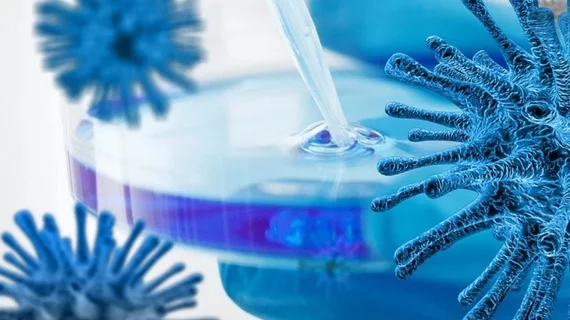Radiologists are capable of differentiating COVID-19 from other lookalikes on chest CT
Radiologists are capable of differentiating COVID-19 from other atypical pneumonias on CT, according to a new analysis published Tuesday in the European Journal of Radiology.
Computed tomography emerged as a useful tool for assessing patients with the novel coronavirus last year. However, it has also raised concerns among the specialty, with chest imaging lacking the specificity of viral testing and overlapping with similar findings for other infections.
German researchers set out to explore this topic in what they believe is the first study to gauge radiologists’ performance in determining patients’ stage of COVID-19 pneumonia. Physicians appeared to excel, though they did struggle assessing the early and late stages of the disease, and skill levels did not impact the results.
“The authors of this study strongly believe that due to the tremendous research activities as well as the educational activities focusing on diagnosing COVID-19, a notable increase in knowledge was obtained within the last year, independent of the level of experience in radiology,” Athanasios Giannakis, with the Department of Diagnostic and Interventional Radiology, Heidelberg University Hospital, among other affiliations, and co-authors wrote Oct. 19.
The retrospective study included 90 patients who received a positive RT-PCR test for COVID-19 along with 294 more with atypical non-COVID pneumonia. Five radiologists (blinded to the test results) assessed the scans and classified them while recording specific CT features among both groups of patients. Rads differentiated between the two clinical concerns with overall accuracy of 88%, sensitivity of 79%, and 90% specificity. Band-like subpleural opacities, vascular enlargement and subpleural curvilinear lines were the variables associated with the most increased risk of COVID pneumonia. Meanwhile, bronchial wall thickening and centrilobular nodules were tied to decreased risk.
You can read more about Giannakis and colleagues’ findings in EJR here.

